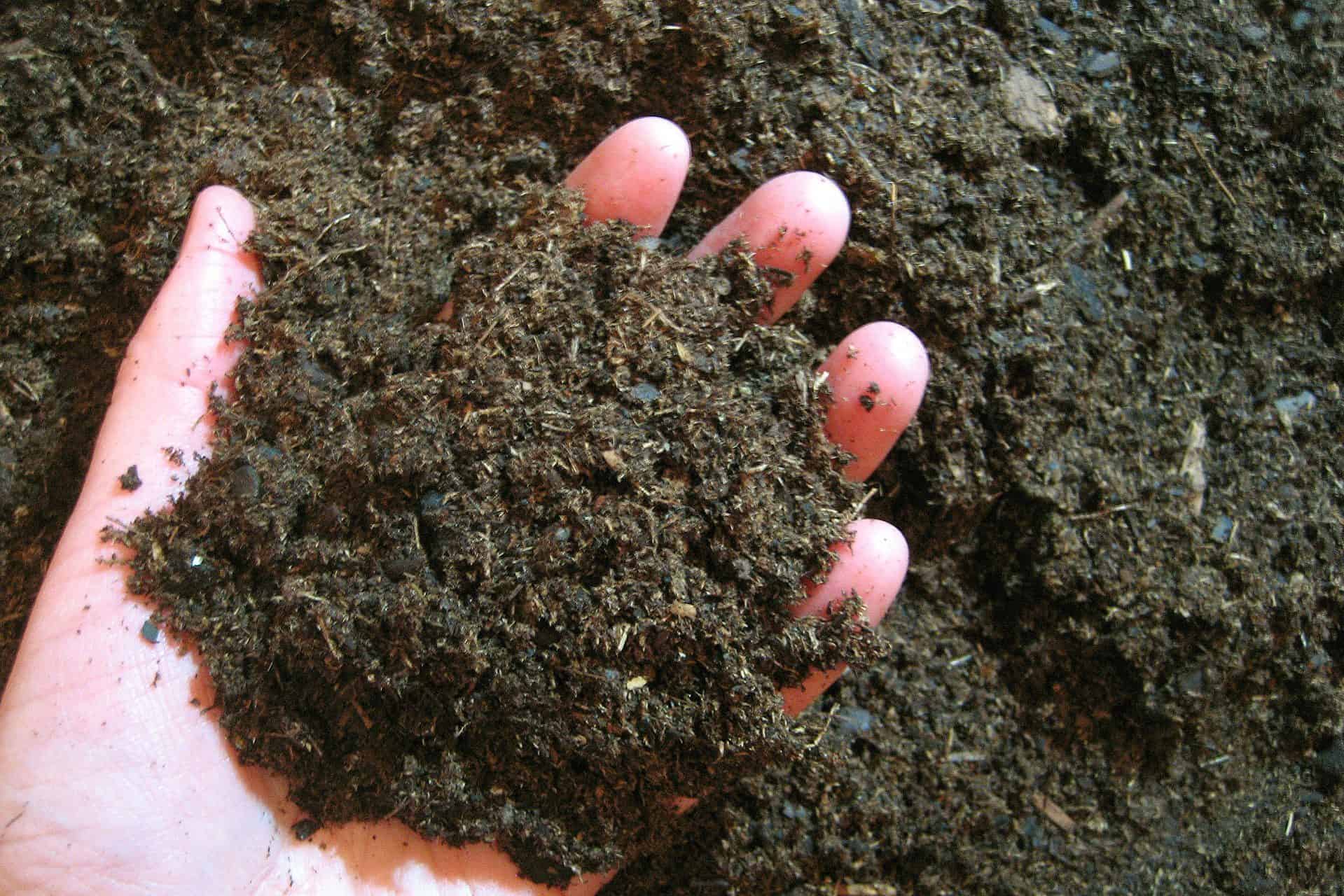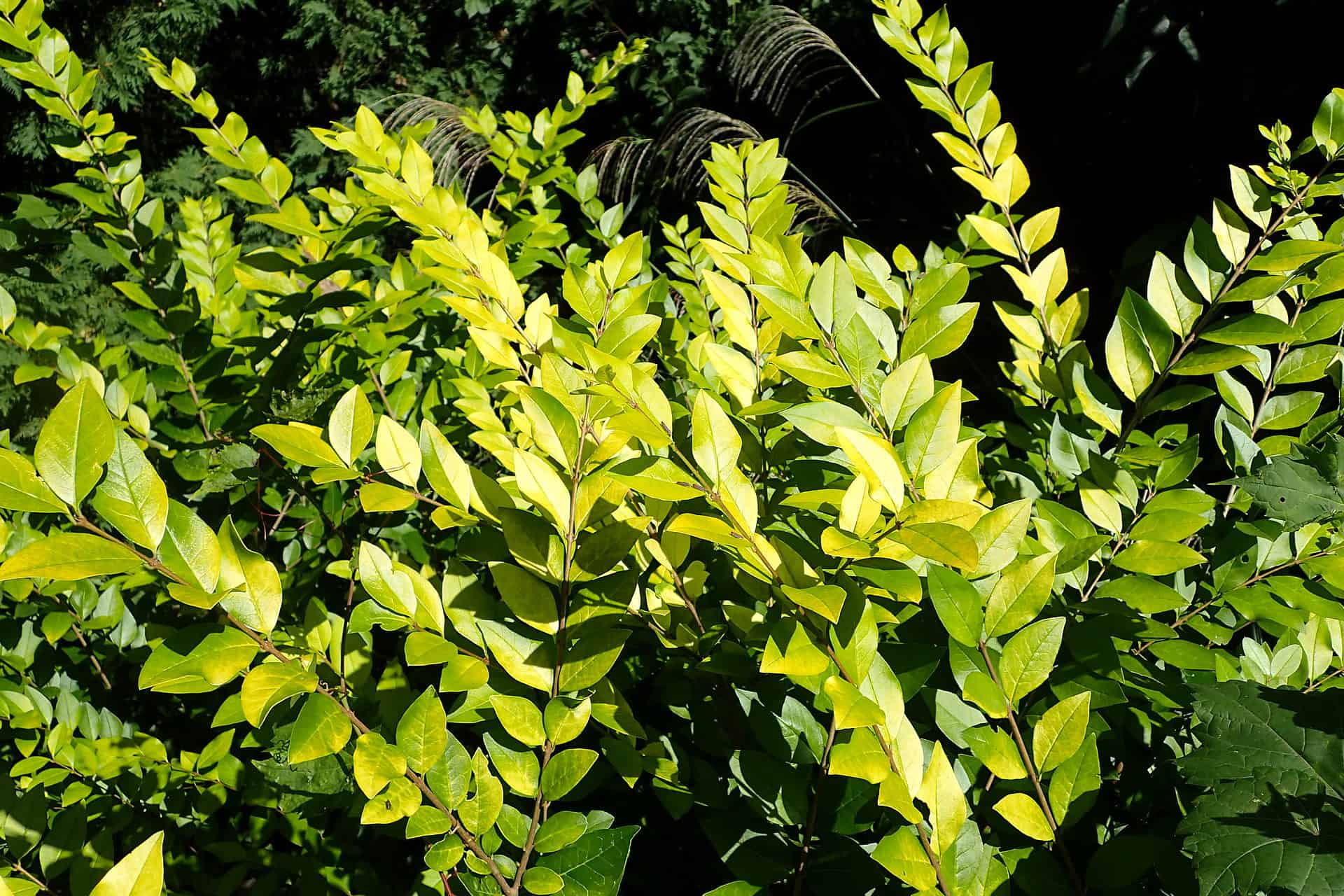No products in the cart.
Table of Contents
Nothing displays a ray of sunshine like the Sunshine Ligustrum shrub for year-round golden foliage in the garden.
Okay, we see your eyebrow lifting a privet shrub, NO. Well, you have not seen a privet plant like this one before. It is not your common shrubs that sprawl taking over your garden like a weed.
No, the good news is these outdoor plants are non-invasive cultivars you can easily confine. Not convinced yet! Then read about how you can provide Sunshine Ligustrum care to brighten your garden.
More About Ligustrum Sinense Sunshine

The Ligustrum sinense ‘Sunshine’ is one of the hardy evergreen shrubs you will grow in the garden. It makes for fabulous Southern Living plants to add to your collection. Another benefit is that it is virtually maintenance-free.
Still, that is not all when you grow Sunshine Ligustrum. It is a non-invasive cultivar that does not re-seed. Hence, it will not become a problem in the landscape. Furthermore, it does not bloom, so it is excellent news for allergy sufferers.
The shrub reaches heights twelve six feet tall and wide and is very versatile to plant in small garden spaces. You will see bright yellow foliage displayed throughout the year. Another benefit is corraling and beautifying it to show off your garden’s creativity.
Where To Grow The Evergreen Shrub?
The Sunshine Ligustrum offers you many options to grow it as a hedge in the landscape. It grows fast and works well for mass planting, container planting, or as an accent.
Still, if you grow Sunshine Ligustrum as a shrub, place them four feet apart while for hedges 36 inches apart.
Landscaping places four to six feet apart for a garden border or mass. But how do you plant the Ligustrum? Here are some easy steps you can follow:
Before planting, water your plant well.
Then find a sunny spot for your plant and dig a hole twice the width of the pot.
The important thing is to plant your Ligustrum about two inches at ground soil level to backfill the hole.
Water well allowing the soil to settle, and add more as needed.
Then add some mulch about two inches deep around your plant but avoid touching the stem.
Sunshine Ligustrum Shrub Care
One unique thing about the Sunshine Ligustrum is its compact size and yellow foliage. So, you need not worry that it will spread like a weed. So, smile a big grin as it will not cause flu, headaches, and more.
It tolerates different environments and is low maintenance with watering. It is an easy shrub to grow compared to other plants and trees. Great, now that you know it will not be a nuisance and are hopefully convinced, let’s cover the basics of caring for this plant.
The Best Soil For Your Ligustrum Sinense

Whether you grow your shrub as a deciduous tree or shrub, it needs well-draining soil, as most plants do. It helps to add two inches of mulch around the plant base to retain moisture. Still, avoid touching the stem, which can lead to crown rot and other concerns.
The fact is that the shrub can grow in poor soil conditions as foundation plants and more.
Full Sun for Your Ligustrum Sinense

Like most privet plants, your Sunshine Ligustrum thrives in full sun to partial shade, so choose a sunny spot. Your plant will provide year-round color with at least six hours of sun daily.
Watering Sunshine Ligustrum

When you plant this privet water, often as the roots try to establish themselves, ensure it gets enough drainage. Once your Sunshine Ligustrum establishes, it is drought and heat tolerant. Hence, it can withstand warmth but, with extreme heat, keep the surrounding soil moist.
Another notable thing is not to overwater as this Southern Living shrub does not enjoy wet feet.
Temperature & Humidity

The fantastic news is this particular privet can withstand harsh weather conditions. In addition, you can grow the plant in the USDA hardiness zones 6 to 10. Hence, they are well-suited Southern Living plants that grow well in the Pacific Northwest.
Still, if you live in the other growing zone below six and higher than 10, you can enjoy this vibrant bush grown in containers to bring indoors for overwintering. The easy care hedge is hardy down to 0°F suitable for mild winters and cold nights.
Yet, if you need to bring your plant indoors, keep it by a sunny window or leave it on a protected patio to cover it with a winter blanket. You can use a damp cloth to clean the leaves from dust, which also helps deter pests. Also, turn the plant pot occasionally.
Fertilizing Sunshine Ligustrum

Ligustrum like any other plant benefits from a fertilizer given in early spring using a slow-release fertilizer for shrubs and trees. Preferably choose one that contains Iron or Sulfur or uses an organic one for new growth.
Pruning Ligustrum
For new growth with bright yellow foliage, it helps to prune your plants. You will do this more to keep your shrub in shape. So, if you do not grow it as a hedge or mass planting, it does not require much trimming.
Also, do not do pruning close to the first frost. Pruning also helps to remove the damaged branches allowing them to grow to their mature width.
Propagating Privet Plant
There are a few ways you can propagate your Sunshine Ligustrum, and we will share all the information with you here:
Propagating Through Cuttings
Cut from the non-woody young shoots in spring about five inches in length.
Remove all the leaves on the lower part of your cutting.
Prepare some loose soil and place the cut part in it. You can do it in the ground or in a container.
Leave the cutting half submerged and add more soil to your plant as needed.
Water well and allow the water to drain before adding more.
Then remove the tip to encourage branching.
Propagating With Offshoots
The best time to use this propagation method is in late August to get lignified branches.
The procedure is similar to taking the cuttings above. Remove the lower leaves as well.
Then place the wood hallway into the ground and add more soil as needed.
Water well and care as normal.
Using Sinkers
The right time to do this is in summer, but the offshoots or the sinkers must not be trimmed hard from your mother plant.
You need at least one long branch to bend to ground soil level.
Then lightly score the branch using a clean, sharp knife at the point it touches the ground.
Dig a small hole in the ground, place the scored part in it, and cover it with soil.
You can use this method to place the scored part into a pot with soil as well.
In both these methods, the tip must remain uncovered, and a stone must be placed on it to keep it in place or even a pile of earth.
Once your sinker develops roots, you can remove it from the parent plant.
Sunshine Ligustrum Similar Plants
The Sunshine Ligustrum is an exceptional shrub with golden foliage that thrive in full sun. Yet there are some other plants you can add to your Southern Living plant collection. These plants also grow well in the other growing zones year-round.
Japanese Privet

The Ligustrum japonicum grows up to 9 feet tall with a width of five feet wide. You can use it as a hedge, landscape planting, or screen plant. It can also transform into a small tree with regular shearing.
California Privet

The Ligustrum ovalfolium is not as compact as your Sunshine Ligustrum reaching heights of 16 feet tall. It does form a hedge when you plant them closely. You will need to do regular pruning as it does produce seedlings you need to eliminate.
Golden Privet

The Ligustrum vicaryl only grows up to six feet tall with yellow foliage. It grows fast when placed in full sun and does not need regular pruning. It also pairs well with other plants.
Sunshine Ligustrum Common Diseases and Pests
As with most plants, your Sunshine Ligustrum can be bothered by pests like nematodes, aphids, and spider mites. It helps to introduce predatory insects like ladybugs and parasitic wasps to control these insects.
Common fungal diseases and powdery mildew to honey fungus can attach to this privet. It helps to remove diseases and dead branches to dispose of them. We recommend using a copper fungicide and prevent overwatering.
Frequently Asked Questions
For a striking color with contrasting textures, plant your Sunshine Ligustrum with a Black Ripple Colocasia or Pogquito Banana to Design-A-Line Cordyline.
Under and overwatering can result in the yellowing of the leaves, making it difficult to determine if this plant is. Another notable thing is that the leaves can brown at the tips or margins, dropping to the ground. Keep the soil moist but not waterlogged.
The main reasons your shrubs die are over-fertilizing, over-watering, or under-watering.
No matter what type of Sunshine Ligustrum you want, you can find the Sunshine pp20379 and others at your local garden center. Still, you need not go far, as Plantly has the shrub collection for you here.
Whether you want to buy, sell or simply reach out to other plant enthusiasts, Plantly is the right place to be!


